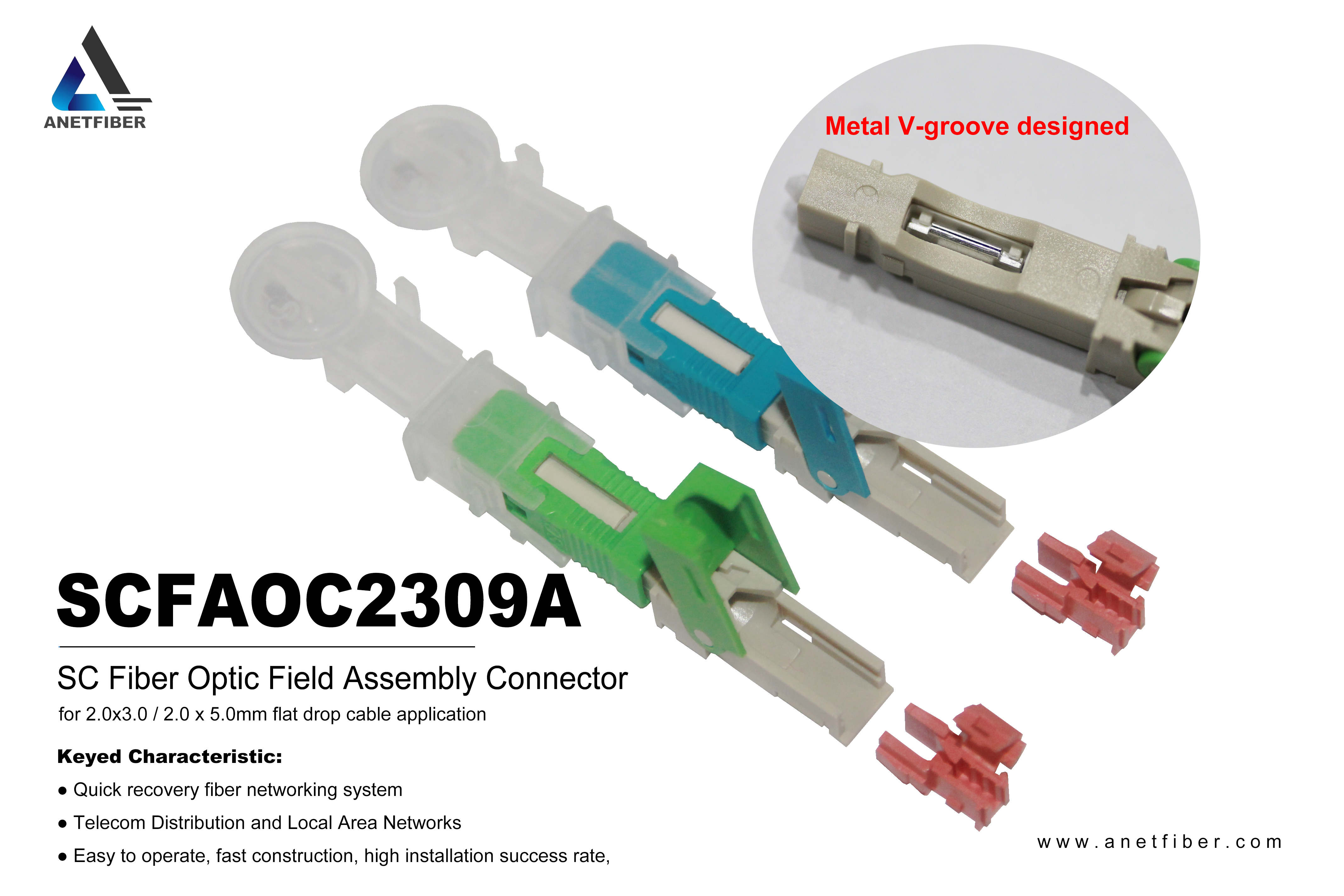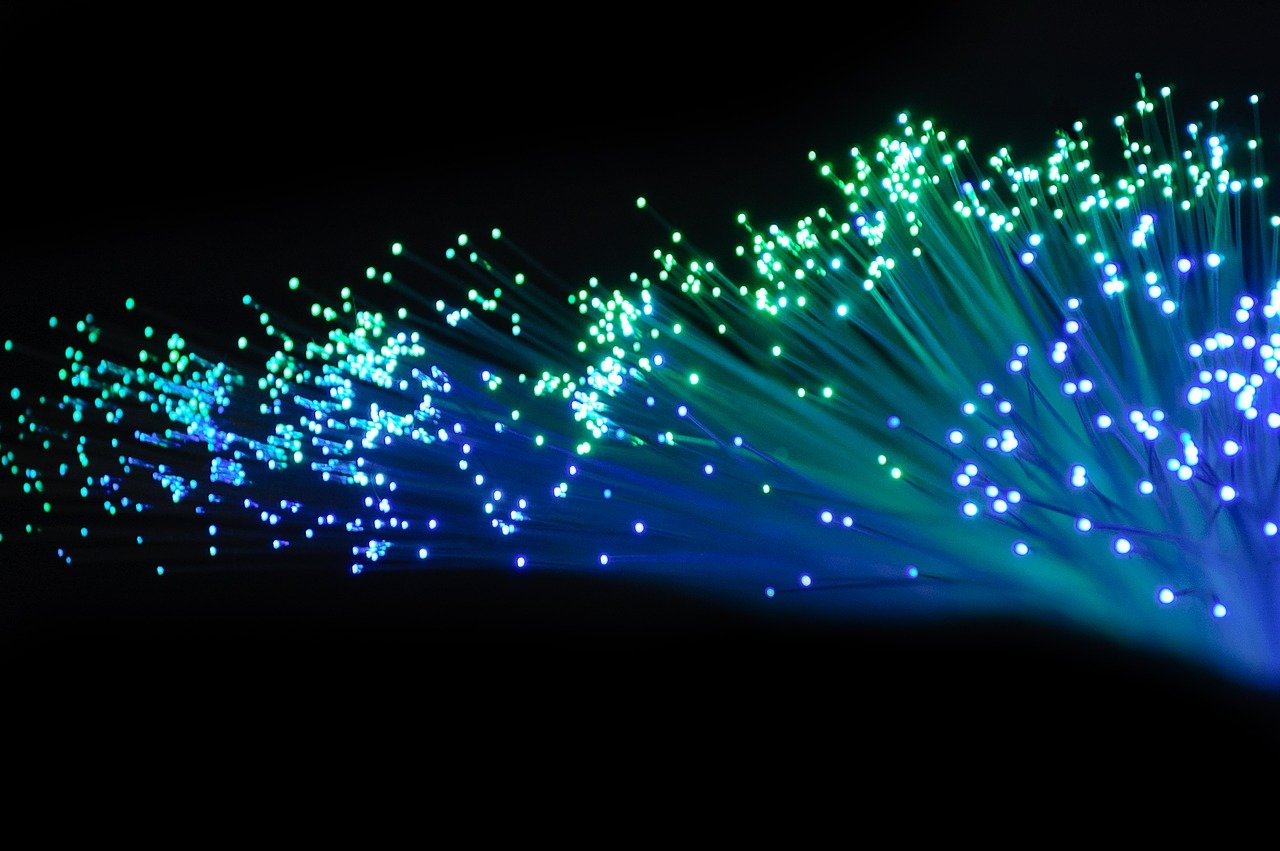Demystifying Fiber Optic Termination: SC Fast Connector Essentials

SC Fast Connectors Overview
Importance of SC Fast Connectors in Fiber Optic Termination
SC fast connectors play a crucial role in the efficient termination of fiber optic cables. These connectors are designed to provide a quick and reliable solution for terminating fiber optic cables, making them essential components in network installations. By enabling fast and secure connections, SC fast connectors ensure seamless data transmission within fiber optic networks. Their ease of use and high performance make them an indispensable tool for achieving optimal fiber optic termination results.
List:
Enables quick and reliable termination
Essential component in network installations
Ensures seamless data transmission within fiber optic networks
Fiber Termination Methods
SC Fast Connector Termination
When it comes to fiber termination, using SC fast connectors offers a straightforward and efficient solution. Here's a step-by-step guide for terminating fiber optic cables using SC fast connectors:
Prepare the Fiber: Strip the fiber cable, clean it thoroughly, and cleave the end to ensure a smooth finish.
Prepare the Connector: Open the connector package, making sure to keep dust caps on when not in use.
Insert the Fiber: Carefully insert the prepared fiber into the connector until it reaches the stop.
Crimp the Connector: Use a crimping tool to secure the connector in place, ensuring a strong and stable connection.
Inspect and Test: After termination, inspect the connector end face for any defects or contamination and perform testing to ensure optimal performance.
Other Termination Methods
In addition to SC fast connector termination, there are alternative methods for terminating fiber optic cables such as epoxy/polish, mechanical splicing, and fusion splicing. Each method has its advantages and disadvantages, which can be compared based on factors like installation time, cost, and performance.
By understanding different termination methods, installers can choose the most suitable technique based on specific project requirements.
Optical Fiber Features
Different Optical Fiber Types
When it comes to network installations, various types of optical fibers are utilized to meet different project requirements. Understanding the key characteristics and applications of these optical fiber types is essential for successful deployments.
Single-Mode Fiber: This type of fiber is designed to carry a single ray of light, providing high bandwidth and long transmission distances. It is commonly used in telecommunications and data centers where high-speed data transmission is crucial.
Multimode Fiber: With a larger core size, multimode fiber allows multiple modes of light to propagate. It is suitable for shorter distances and is often used in LAN/WAN applications within buildings or campuses.
Plastic Optical Fiber (POF): POF is an alternative to glass optical fiber, offering flexibility and cost-effectiveness. It finds applications in areas like automotive networking, home networks, and industrial data links.
Graded-Index Fiber: This type of fiber has a core with varying refractive index profiles, allowing for reduced modal dispersion. It provides higher bandwidth capacity over short distances.
Understanding these different optical fiber types enables installers to make informed decisions based on the specific needs of each project, ensuring efficient and reliable network connectivity.
SC Fast Connector Features
The SC fast connector offers several specific features that contribute to efficient fiber optic termination:
Quick Termination: The design of SC fast connectors allows for swift terminations without compromising on performance.
Reliability: These connectors provide a stable and secure connection, ensuring consistent data transmission without interruptions.
Ease of Use: Installers can quickly learn how to terminate fibers using SC fast connectors due to their user-friendly design and straightforward process.
By leveraging these features, SC fast connectors streamline the termination process while maintaining high standards of performance and reliability.
Termination Toolkits
Essential Tools for SC Fast Connector Termination
When it comes to achieving successful fiber optic termination using SC fast connectors, having the right tools is essential. Here are the necessary tools that form a part of the termination toolkits:
Fiber Cleaver: This tool is used to cleave the fiber with precision, ensuring a smooth finish and proper alignment within the connector.
Fiber Strippers: These are designed to strip the fiber cable without causing any damage, preparing it for termination.
Cleaning Supplies: Cleaning tools such as lint-free wipes and alcohol solutions are crucial for maintaining cleanliness during the termination process, preventing contamination that could affect performance.
Connector Crimping Tool: This tool is utilized to securely crimp the connector onto the fiber, providing a strong and stable connection.
Visual Inspection Equipment: Devices such as fiber microscopes enable installers to inspect the connector end face for any defects or contamination after termination.
Each of these tools plays a vital role in ensuring precise and reliable terminations when using SC fast connectors. They contribute to achieving optimal performance and minimizing signal loss within fiber optic networks.
Proper Fiber Optic Cable Handling
Proper handling of fiber optic cables is critical in avoiding damage during termination. Here are some guidelines for safely handling fiber optic cables:
Always handle fibers carefully, avoiding excessive bending or twisting that could cause microbends or macrobends leading to signal loss.
Use cable ties or clamps to secure cables in place and prevent strain on the fibers.
Keep cables away from sharp edges or abrasive surfaces to prevent any physical damage.
Store cables in a clean and dry environment to maintain their integrity before termination.
Adhering to these guidelines ensures that fiber optic cables remain in optimal condition throughout the termination process, minimizing the risk of performance issues post-installation.
Installation Guide
Step-by-Step SC Fast Connector Installation
When installing fast connectors on fiber optic cables, it's essential to follow a precise step-by-step process to ensure accurate and reliable installations. Here's a detailed guide for the installation of SC fast connectors:
Prepare the Work Area: Start by setting up a clean and well-lit workspace, free from any dust or debris that could contaminate the connectors during installation.
Prepare the Fiber: Carefully strip, clean, and cleave the fiber end to ensure a smooth finish, ready for insertion into the connector.
Prepare the Connector: Open the connector package in the clean work area, ensuring that dust caps remain on when not in use to prevent contamination.
Insert the Fiber: Gently insert the prepared fiber into the connector until it reaches the stop point, ensuring proper alignment.
Crimp and Secure: Utilize a crimping tool to securely fasten the connector onto the fiber, creating a strong and stable connection.
Inspect and Test: After installation, thoroughly inspect the connector end face for any defects or contamination using visual inspection equipment. Perform testing to validate optimal performance.
By following these steps meticulously, installers can achieve precise and reliable installations of SC fast connectors on fiber optic cables.
Troubleshooting Common Installation Issues
During SC fast connector installation, several common challenges may arise, impacting the quality of terminations. Some effective solutions for troubleshooting common installation issues include:
Fiber Misalignment: If fibers are not aligned properly within the connector, re-cleave and re-insert them carefully to ensure correct alignment.
Contamination: In case of contamination on connector end faces, use appropriate cleaning supplies to remove any debris or dirt without damaging the fiber.
Inconsistent Crimping: If crimping results in an unstable connection, consider using a different crimping tool or adjusting crimping pressure for better results.
Addressing these common issues with precision and care ensures that SC fast connector installations result in high-quality terminations with optimal performance.
Mastering SC Fast Connector Terminations
Achieving Proficiency in SC Fast Connector Terminations
Becoming proficient in SC fast connector terminations requires a combination of practice, attention to detail, and a deep understanding of the termination process. By consistently honing termination skills and staying updated on best practices, installers can gain the confidence and precision needed to achieve optimal results. Additionally, mastering the use of essential tools and troubleshooting techniques contributes to successful fiber optic termination using fast connectors. Continuous learning and hands-on experience are key to becoming adept at handling various installation scenarios and ensuring reliable connections.
See Also
Discovering the Advantages of the 960 Core Fiber Optic Splice Enclosure
Simplifying Setups: FiberHome Flat Drop Cable
Attaining Superior Performance and Affordable Fiber Optic Connection
The Advantages of Outdoor Water-Resistant FastConnect Fiber Field Assembly Connector
Comprehending FTTR Concealed Fiber Cable: A Revolutionary Answer


